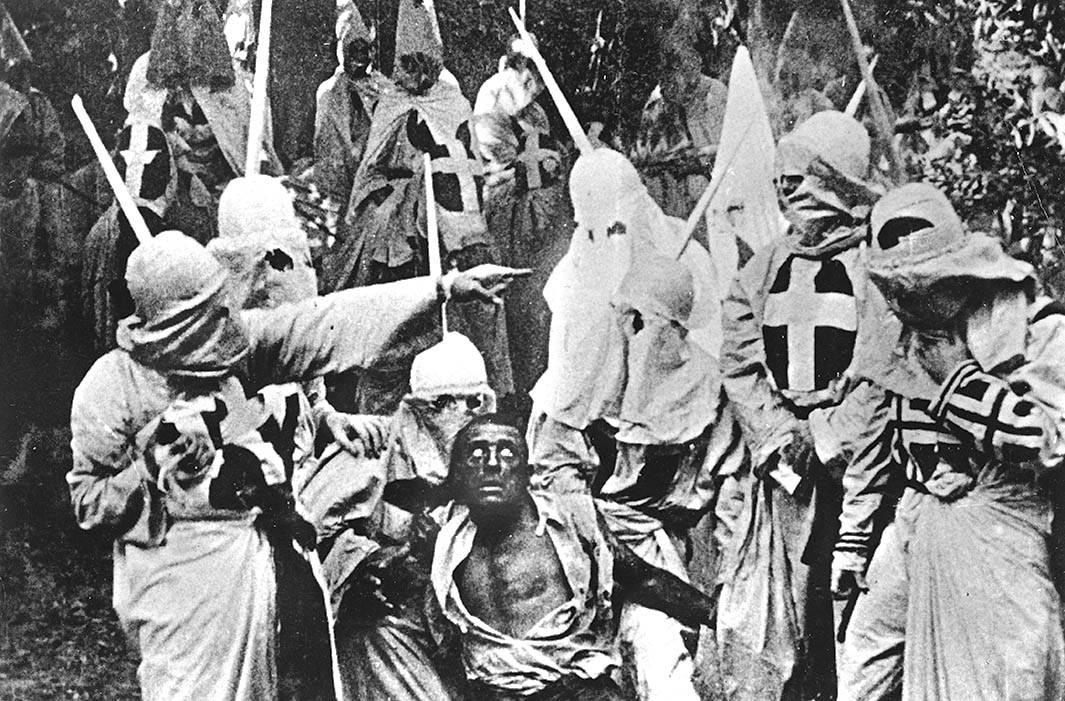Friday
The nobility bestowed on the Confederate statues and monuments—Donald Trump recently called them “beautiful”—stands in marked contrast with the young men who swam around them with their assault weapons and Nazi-KKK-white supremacist slogans. It’s a contrast that Langston Hughes plays on in his poem “Ku Klux.”
The speaker is an African American in fear for his life. Note, however, that he maintains some of his dignity by “a-sassin’” the KKK member who has captured him. The savage humor of the final stanza punctures white pretensions of superiority as thoroughly as it’s possible to do so.
They took me out
To some lonesome place.
They said, “Do you believe
In the great white race?”
I said, “Mister,
To tell you the truth,
I’d believe in anything
If you’d just turn me loose.”
The white man said, “Boy,
Can it be
You’re a-standin’ there
A-sassin’ me?”
They hit me in the head
And knocked me down.
And then they kicked me
On the ground.
A klansman said, “Nigger,
Look me in the face —
And tell me you believe in
The great white race.”
Recall that, as Washington Post columnist Eugene Robinson points out, the “beautiful” statues “were symbols of defiance, intended to let African Americans and the federal government know who was back in charge.” That’s how cultural symbols work. Robinson reminds us that, after 1877 when the last federal troops were withdrawn from Southern capitals, it didn’t take long for whites to re-subjugate African Americans. The KKK played a crucial role in that process, and their present-day incarnations are trying to use to statues as their predecessors did.


